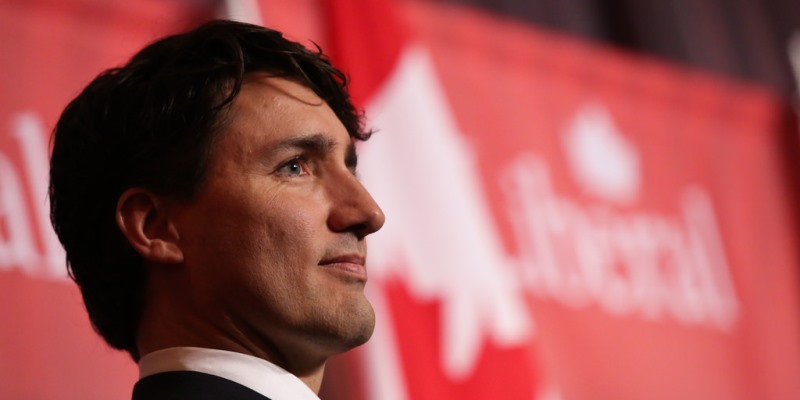Ottawa can help tame inflation—here’s how

After growing comfortable with a long stretch of low and mostly stable inflation since the mid-1990s, Canadians today are grappling with a stubborn surge in the Consumer Price Index (CPI), which tracks the prices of goods and services consumed by Canadian households.
The pressure on prices started to build in early 2021 and has gained momentum since then. By October 2022, total CPI inflation reached 6.8 per cent—meaning the overall cost of living for a typical consumer is 6.8 per cent higher than one year ago. According to the federal government’s recent economic update, the average inflation rate for 2022 will be almost 7 per cent—more than three times higher than the Bank of Canada’s official 2 per cent inflation target.
Three key factors help explain the jumps in consumer prices and living costs now hammering Canadian households.
The first is the series of international “supply shocks” triggered by the pandemic and, more recently, by Russia’s invasion of Ukraine. The pandemic disrupted manufacturing supply chains (particularly those linked to China), prompted consumers to scale back purchases of services while simultaneously buying more goods, and pushed up global shipping costs. The Russia-Ukraine war has further stoked inflation by putting more upward pressure on energy and food costs.
The second contributing factor is the hyper-stimulative monetary policies adopted across much of the developed world since the Global Financial Crisis of 2008-09—a trend that received an additional boost when central bankers slashed short-term interest rates to near zero and injected vast amounts of money into the financial system at the outset of the COVID-19 crisis in 2020. In Canada, almost two years of record low borrowing costs fuelled frenzied activity in housing markets, led to dramatic increases in real estate prices, and encouraged consumers to accelerate purchases of big-ticket items, all of which aggravated inflation.
Finally, in some jurisdictions including Canada, government spending has also played a role in propelling inflation. When COVID hit, governments provided extremely generous financial support to workers and businesses hurt by the restrictions introduced to contain the virus. However, Canada’s economy and job market both bounced back quickly in the second half of 2020, with the momentum extending through 2021 and into 2022. Overall economic activity has more than fully recovered from the brief COVID-induced recession of 2020. And the job market has been unusually tight, with labour shortages emerging in many sectors. And yet, the Trudeau government has continued to run and plan for substantial budget deficits. It’s hard to see any justification for this in the present economic climate.
While some governments are acting as if the economy remains moribund, the Bank of Canada is engineering rapid-fire interest rate increases to temper demand and contain inflation. Government fiscal policy and monetary policy are operating at cross-purposes. This suggests the Bank must push interest rates even higher to tame the inflation monster that governments, chiefly the federal government, themselves helped unleash.
Canadians and their elected representatives should support the Bank of Canada’s efforts to bring inflation under control—despite the likely resulting period of very sluggish economic growth or even a recession. Governments can help the Bank by restraining spending and refraining from introducing new regulations that can stifle competition and increase the costs of doing business.
Author:
Subscribe to the Fraser Institute
Get the latest news from the Fraser Institute on the latest research studies, news and events.

